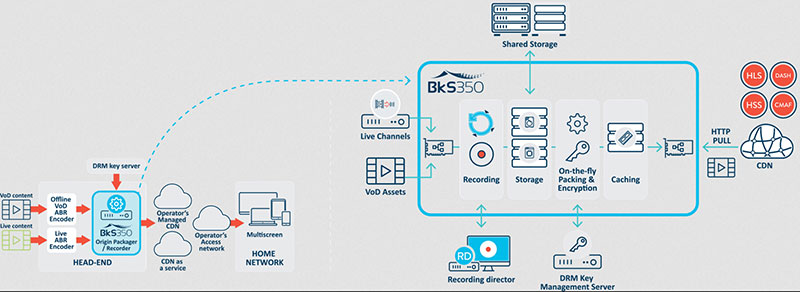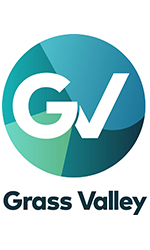Taiwan Mobile's low-latency, high-speed 5G networks allow viewers to engage with live sports and events events, via Broadpeak’s BkS350 just-in-time Origin Packager.

Telecom operator Taiwan Mobile has witnessed a surge in demand among its users for streaming video, resulting from 5G availability. Featuring a wide user base, abundant data resources and its own OTT service called MyVideo, Taiwan Mobile has partnered with Broadpeak to deliver a competitive live video streaming experience with low latency across all devices. Through Taiwan Mobile's low-latency, high-speed 5G networks, viewers can engage with sports events, performances and concerts via a high quality streaming video experience.
The company is using Broadpeak’s BkS350 Origin Packager to improve live multiscreen video delivery across Asia. Using the BkS350 system, Taiwan Mobile can package and protect ABR content delivered to mobile devices, helping them to make sure of viewing quality for subscribers while saving costs on encoding and storage resources.
Combining a just-in-time packaging approach with a built-in cache mechanism, the BkS350 Origin Packager reduces the need for encoding and storage resources, at the same time supplying high-throughput capacity, resulting in cost savings. The Origin Packager system packages video content in the current ABR formats, including Apple HLS, MPEG-DASH and CMAF. Broadpeak’s Origin Packager is also very reliable and scalable, allowing Taiwan Mobile to maintain live multiscreen video delivery into the furture.

Broadpeak’s BkS350 covers all types of content -- live, VOD, catch up TV, start over, cloudDVR -- and formats including ABR protocols, subtitles, DRM and ad markers. It optimises the processes for efficiency, for example, by taking advantage of on-the-fly and multi-output packaging. It continues to evolve as well, and includes recent developments such as CMAF-LL, Subs Optical Character Recognition (OCR), Scrubbing, watermarking and so on.
“Broadpeak’s Origin Packager delivers those high throughput thanks to its on-the-fly packaging capabilities and unique internal caching,” said Jacques Le Mancq, CEO at Broadpeak. “We’re proud to enable live content delivery for Taiwan Mobile’s users and to help the company further its vision of being the champion for superior-quality video streaming experiences.” broadpeak.tv





